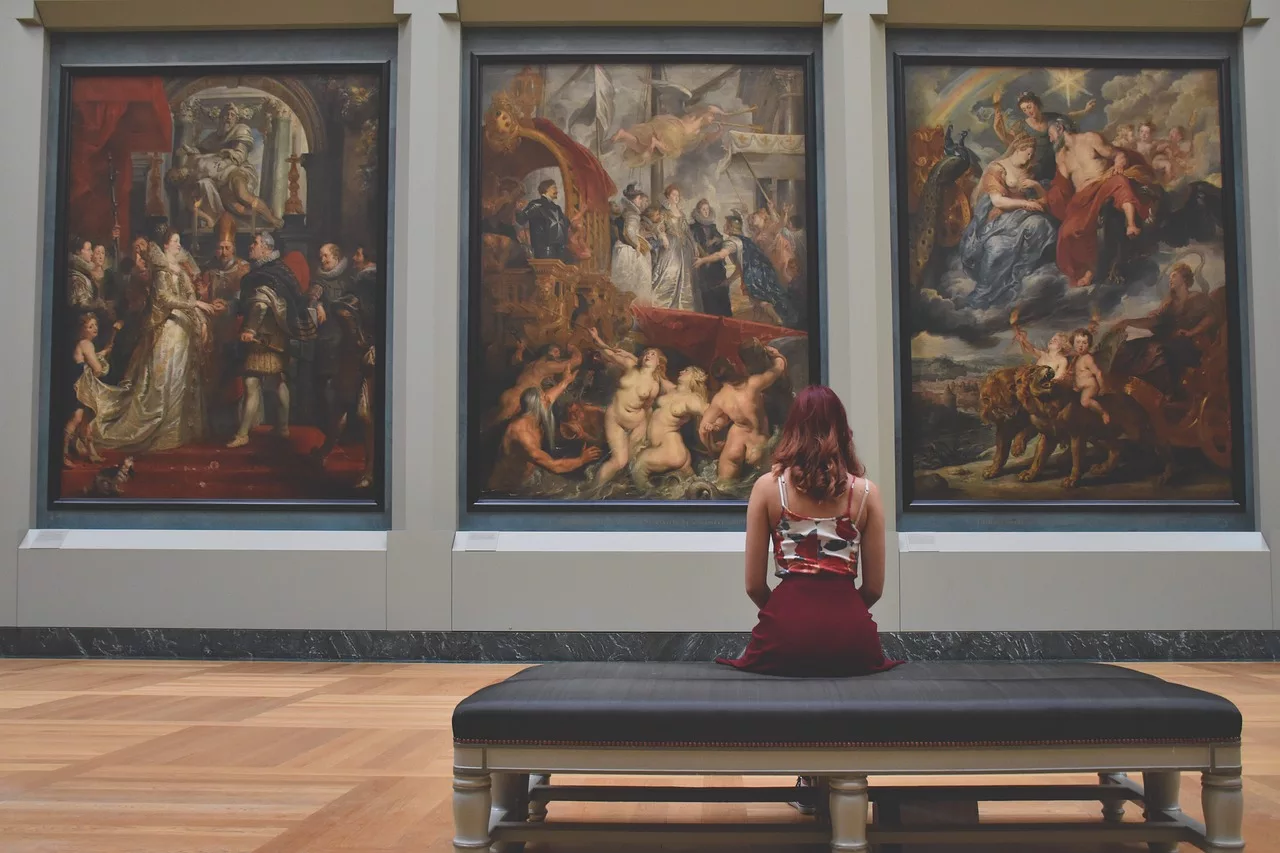In the flamboyant world of art and culture, museums play an exceedingly crucial role. They act as the custodians of the world’s aesthetic and historical lineage, chronicling mankind’s eternal endeavor to decode and reflect the inherent beauty and brutality of existence. Yet, amidst the lofty aisles, bathed in reverential silence and punctuated with an air of solemn grandeur, lies a less celebrated narrative – the narrative of duplicity and counterfeits. To believe in the absolute authenticity of every piece of art displayed in museums is not only naïve but also reveals a certain intellectual deficiency, a lack of rigorous skepticism that any truly enlightened mind should harbor.
There is an undeniable thrill in witnessing a work by a master artist like da Vinci or a historical artifact belonging to the court of Tutankhamun. But what if that thrill is based on a falsehood? What if the masterpiece you’ve traveled miles to admire is merely an artful forgery, masquerading as the real deal? These questions are not merely speculative, but based on an uncomfortable reality. The grand museums of our age are not devoid of such instances. Unwittingly or otherwise, they have become the repositories of artful duplicities.
Forged art and counterfeited artifacts are not a modern phenomenon. As long as there have been priceless artifacts and the means to replicate them, there have been forgeries. In fact, forgery has often been a subtle act of rebellion against the established aesthetic order. The talented forger plays the role of an unsanctioned prodigy, his or her creations designed to disrupt the established narratives of art, forcing us to question the real value of authenticity.
While it’s tempting to rail against the forgers, they are, ironically, a testament to the technical excellence of their craft. A forgery so impeccable that it deceives the scrutinizing eyes of museum curators is a feat of technical mastery. It’s an uncanny form of tribute to the original artist, albeit one practiced in the shadowy margins of the art world. It challenges us to reassess our understanding of art. Is a counterfeit worthless because it lacks the artist’s unique touch, or does it possess a value of its own, one derived from the forger’s ingenuity and craftsmanship?
The issue here lies less with the forgers and more with the institutions that unwittingly, or worse, knowingly, promote these counterfeits. Museums, as our trusted arbiters of art and history, bear an immense responsibility. Their collections should not merely be impressive assortments of artifacts but repositories of genuine knowledge, narratives and histories. In their pursuit of prestige and the lure of extraordinary acquisitions, some institutions might succumb to the temptation of unverified, and potentially counterfeit, pieces.
Let us not dismiss this as mere alarmist talk. Take, for instance, the Etienne Terrus Museum in the South of France where more than 80 works of art were found to be fakes. Or consider the scandal of the ‘Amarna Princess,’ a seemingly ancient Egyptian artifact, sold for nearly £450,000 to the Bolton Museum in England, which later turned out to be a modern forgery. Or, most recently, the Orlando Museum of Art scandal which resulted in a federal raid and seizure of their entire collection of Basquiat paintings.
In dealing with this menace, museums must move towards adopting more rigorous procedures for verifying the authenticity of their acquisitions. They need to invest in advanced technologies, engage reputable experts, and most importantly, nurture a culture of skepticism and rigorous inquiry.
Museums must stand as bulwarks against the wave of counterfeit artistry, not merely for the sake of their reputation, but to uphold the integrity of human creative expression. Any complicity in the proliferation of forgeries is not just a disservice to the original creators, it is a disservice to the paying museum customers who expect to see authentic pieces.
You may also like
-
Breaking the Huddle: Why the NFL’s Future Broadcasts Might Sideline Traditional TV
-
The Rising Astros Eclipse the Storied Yankees in this New Era of Baseball
-
The T20 Cricket Revolution: Why America is Falling for the Sport’s Shortest Format
-
The Couture Conundrum: Unraveling the Thread of Luxury Fashion’s Offshore Manufacturing
-
A New Era of Pro Golf: The PGA and LIV Golf Merger to Usher Unprecedented Change
